Sustainable wellbeing and green living
Let's find ways to Flourish!
Backyard Composting
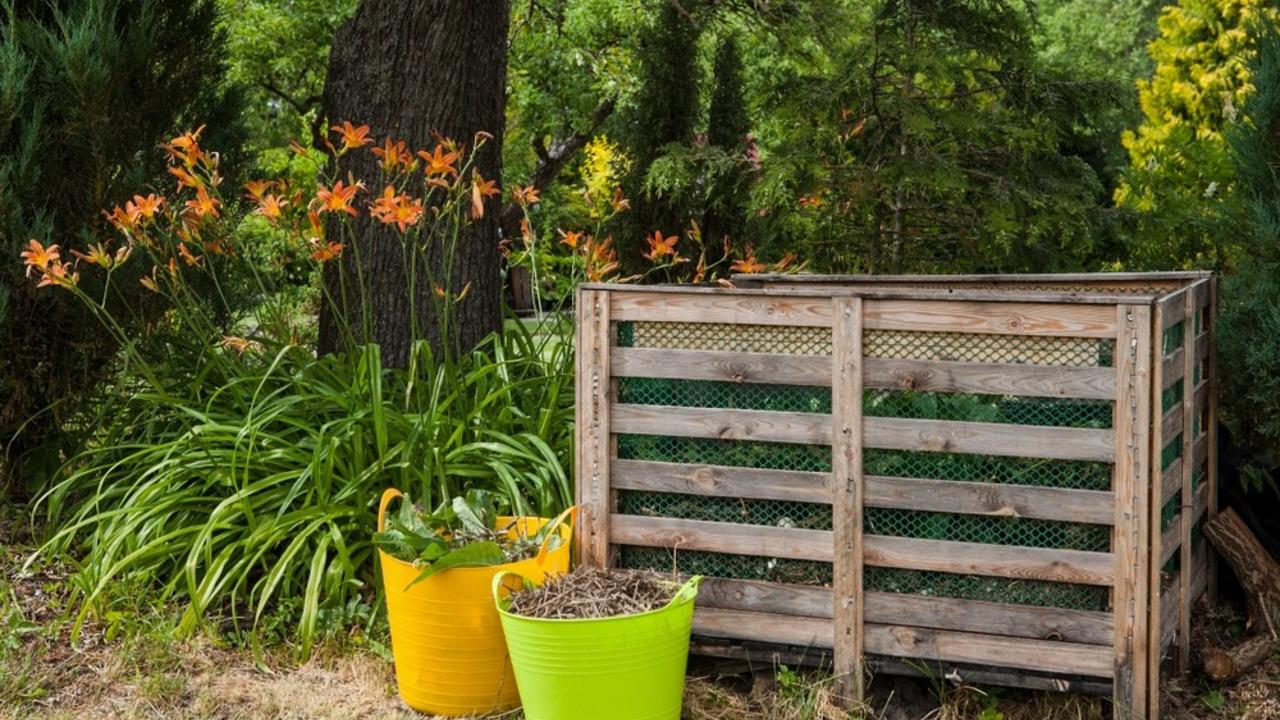
Composting is a method of waste diversion. As with anything related to sustainability, our main goal should be to decrease the amount of waste we produce, and this means wasting less food. However, there are plenty of food scraps that are produced when we cook at home, and I truly believe that cooking dinner is an act of sustainability.
Composting is a great way to dispose of food scraps and waste. Not only does it help to reduce carbon emissions, but it also helps to rebuild soil quality, and gets us more in touch with natural processes, right in our own backyard!
So, what to compost?
Food scraps are the best and most straightforward things to put in your compost bin. Food scraps are the inedible portions of food such as peels, rinds, and husks. These are not to be confused with food waste, which are edible portions of food that are thrown away or allowed to go bad. While some food waste can also go in the compost bin, we have to be more selective here. More on that in a moment....
Rights of Future Generations
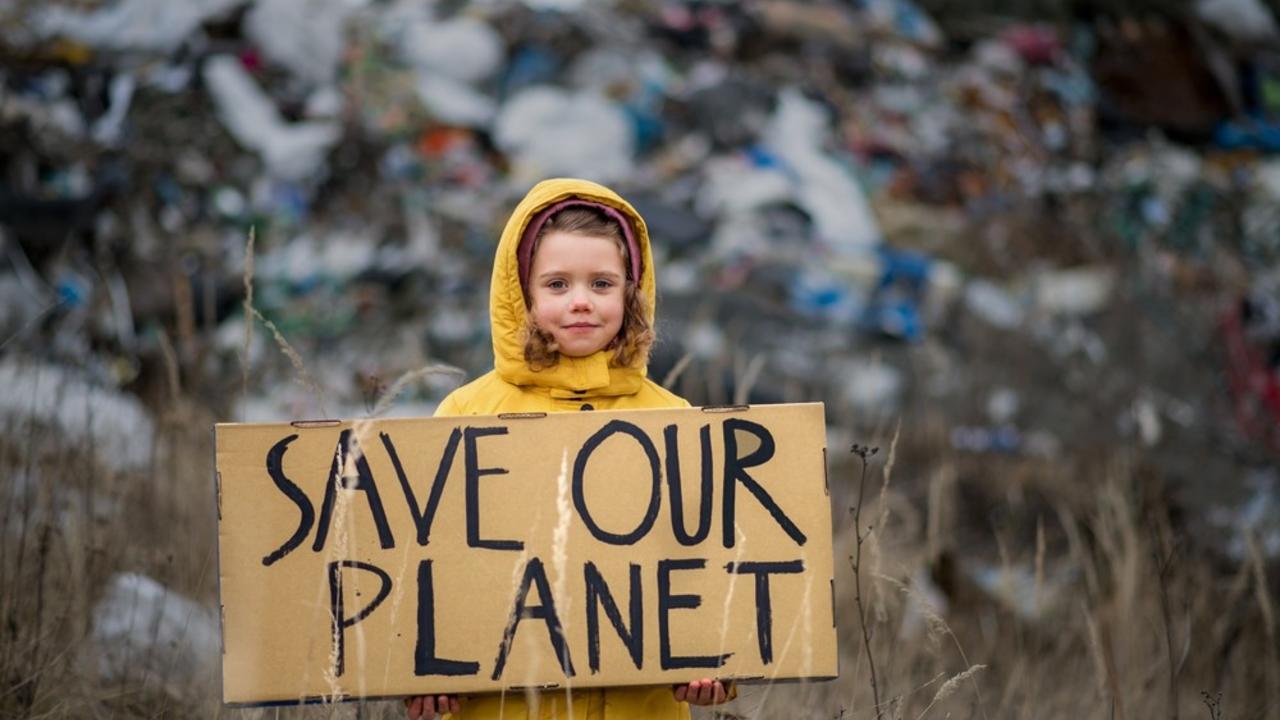
The interests of future generations are often on our minds when we think about lasting environmental damage. But wouldn’t it be amazing if we actually followed through and held our governments to account when it comes to protecting natural resources for future generations? Well, this is what brave children are now demanding all around the world. And guess what? It is gaining traction!
Discussions surrounding environmental sustainability often mention the protection of resources, preservation of biodiversity and ecosystems, as well as environmental restoration. These goals ensure that not only present generations are provided for, but that future generations will be able to survive and thrive as well. This sentiment is expressed in the 1987 Brundtland Report which defines sustainable development as “development that meets the needs of the present without compromising the ability of future generations to meet their own needs”
The current climate change crisis...
Compostable Take-Out Containers

Ordering take-out is a nice treat every now and then. Whether you are craving sushi from your favourite restaurant, wanting to support local businesses, or simply don’t feel like cooking, ordering take-out can make your meal just a little more exciting. Additionally, ordering food to go is a great way to support your favourite restaurants while staying safe during the COVID-19 pandemic. Despite how much you enjoy the food you order; do you ever feel guilty about the plastic or Styrofoam containers your food comes in?
Environmental dangers of plastics and Styrofoam
Plastics, especially single-use plastics, have a significant impact on our environment. Many plastics cannot be reused or recycled, therefore ending up in landfills, waterways, and habitats. These plastics are unable to decompose and can only break down into microplastics through the process of weathering and sun exposure. These tiny pieces of plastic can be harmful to wildlife and humans, as they end up in their...
Green and Just Recovery

There is no denying that the COVID-19 pandemic has had a significant impact on our lives. With the worrying rates of infection, mask requirements, social distancing measures, at-home offices, and the many more changes that we have had to make in our daily lives, it is not surprising to hear people wishing for things to get back to “normal.” After all, life during the COVID-19 pandemic has proven to be quite difficult - despite being able to wear pajama pants during your Zoom conference calls! However, the pandemic has brought to the forefront the serious issues of racial injustice that we have in our systems.
While many people may have this thought of wanting to return to some sense of normalcy, it is important to realize that returning to the ways things were is really not what we want, considering the environmental crisis and social inequalities that are a part of our “before”. Instead of only focusing solely on rebuilding the economy, we must strive for a...
Carpool Apps
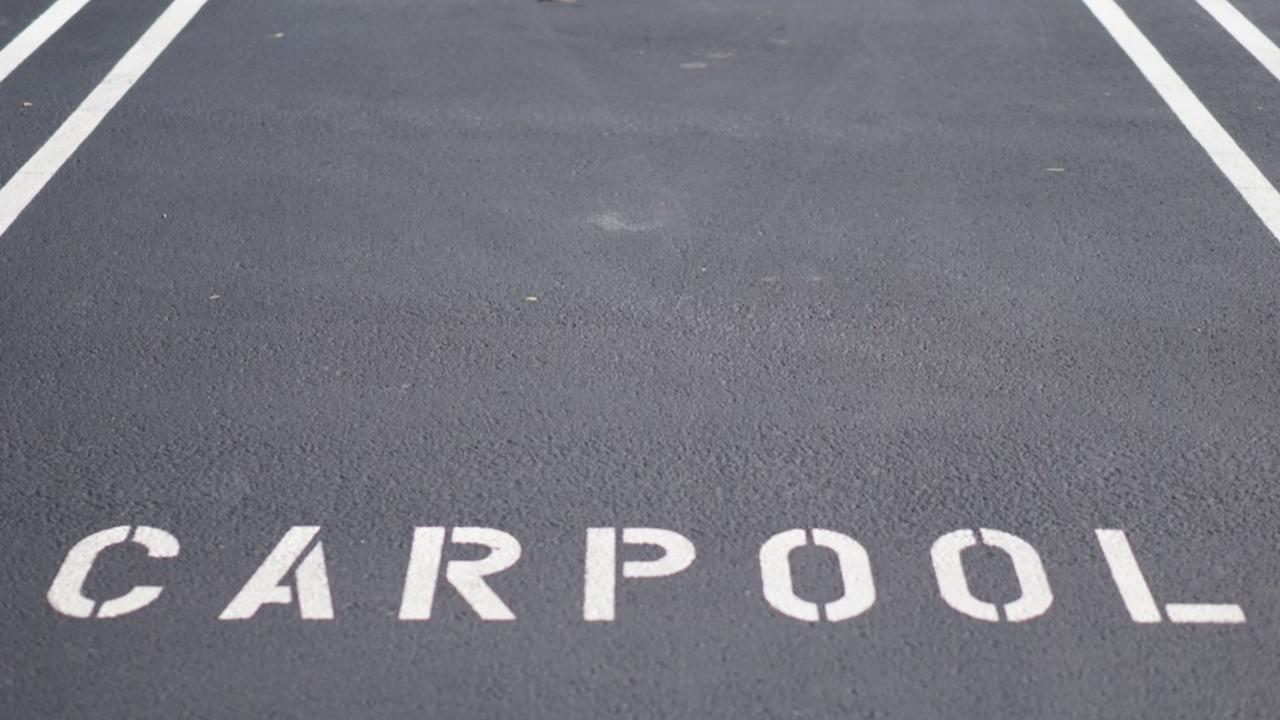
Carpooling is a great way to get around, as long as you can do it in a manner that is safe during the COVID-19 pandemic. Carpooling allows you to reduce your environmental footprint while still getting exactly where you need to be in a time-efficient manner! This combination of characteristics can be difficult to find with other methods of transportation.
The trouble with transportation
There are many different ways to get from place to place. Some people may drive private vehicles, take public transportation, ride a bicycle, or walk in order to get where they need to be. While choosing public transportation, walking, or cycling can be a great way to save money and reduce your environmental impact by reducing your carbon emissions, there are bound to be times when it does not suit your needs. You may find that these methods of transportation can be somewhat unreliable when you need to travel to a destination that is out of the way, stick to a rigid timeline, or travel with another...
Little Travellers
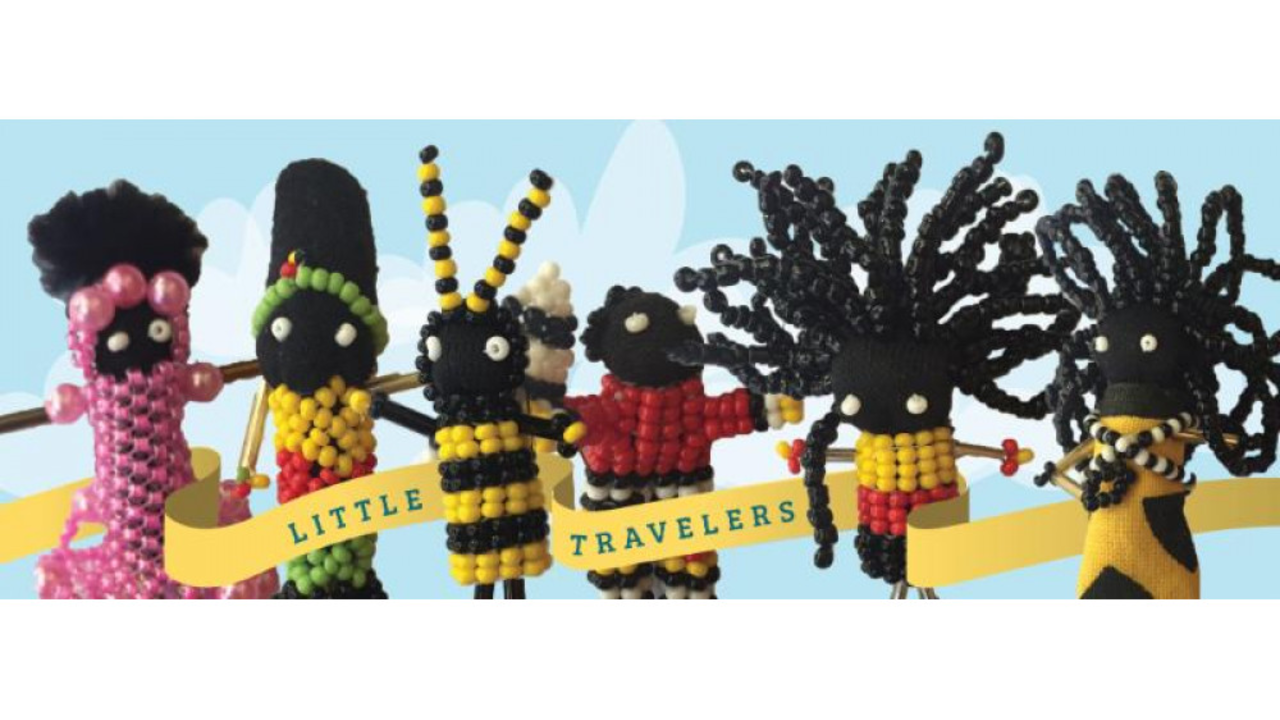
Photo credit: Until There's a Cure
Little Travellers are small hand-made dolls which have been crafted by women in Africa. These dolls are sold through Woza Moya, an income generation project of the Hillcrest AIDS Centre Trust. The Hillcrest AIDS Centre Trust was founded in South Africa in 1991 and is dedicated to saving lives and making a significant impact on the lives of those who are impacted by the HIV/AIDS crisis. There are many different approaches that are taken by the Hillcrest AIDS Centre Trust in order to meet their objectives and fulfil their purpose. Woza Moya, which means “come winds of change” is an economic empowerment project that is just one of their initiatives.
Woza Moya
Woza Moya provides training and support to local artists and crafters, 95% of which are women who happen to be the breadwinners of their families. Woza Moya markets the goods that are made by the crafters on an online platform as well as in traditional brick and mortar stores. Each...
TOMS

We all need to consume, but can our consumer behaviour actually do more good in the world than just support the businesses that we choose to buy from? Well, enter TOMS, everyone needs shoes and many people need glasses, just purchasing these items from the socially-conscious business, we can be a part of huge social and environmental good.
What is TOMS?
TOMS is a for-profit business that aims to improve lives and promote conscious consumerism. TOMS (short for “Tomorrow’s Shoes”) sells a style of shoe which is inspired by the simple canvas slip-on shoes that are popular in Argentina. Blake Mycoskie, the founder of TOMS, was inspired to create his business after visiting Argentina in 2006 and witnessing the struggles that children face when they do not have access to proper footwear. Children without shoes are exposed to an increased risk of injury and health issues. Sharp objects, rocky terrains, infections, and parasites become large concerns when a child must go...
Social Enterprises

Beyond the “bottom line”
Social enterprises are organizations that have two main goals: to earn revenue; and to achieve social and environmental wellbeing. Social enterprises can either be non-profit or for-profit. While social enterprises may look like traditional businesses, responding to social issues is a substantial part of their objectives, while reaching financial goals often comes secondary. This sets them apart from traditional businesses. The main purpose of a social enterprise is to make social change, whether that be by working with younger generations, raising funds for people in need, or selling fair trade products.
According to the Social Enterprise Council of Canada, “Social enterprises are community-based businesses that sell goods or services in the marketplace to achieve a social, cultural and/or environmental purpose; they reinvest their profits to maximize their social mission.”
A new approach
Social enterprise is a new business model...
Reducing Waste at the Grocery Store
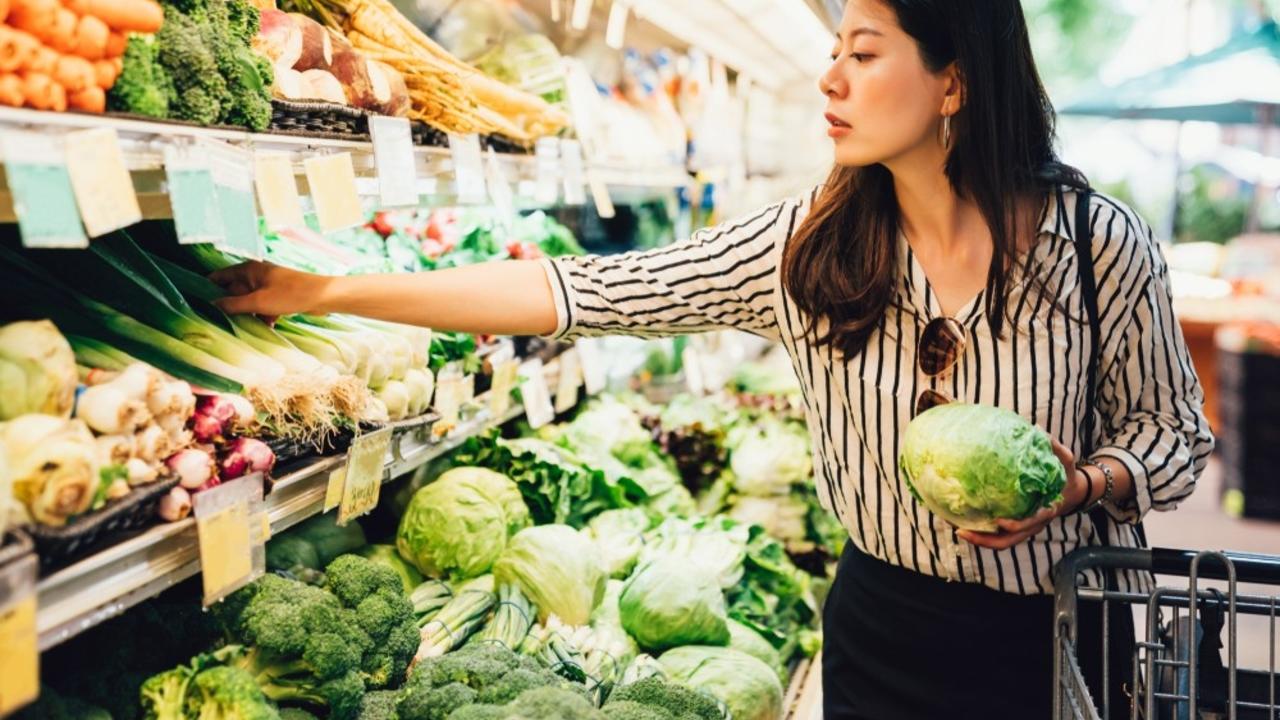
What is food waste?
It is known that grocery stores landfill a significant amount of produce. In fact, grocery stores account for 10% of U.S. food waste. Food waste is the edible portions of food that are thrown away or allowed to go bad. While this definition includes the scraps of food on your plate that you scrape into the garbage, it also includes the mass amounts of food at restaurants and retail locations that are thrown away. Food waste is problematic because instead of feeding the millions of food insecure families around the world, this food is being sent to the landfill.
The environmental costs
There are also environmental consequences associated with landfilling organic material. The anaerobic digestion of organic material in a landfill results in the production of methane, a greenhouse which has a global warming potential that is 25 times more powerful than carbon dioxide! In addition, when food is wasted, we are also wasting all of the fossil fuels, fertilizer,...
Alternative Electricity Generation
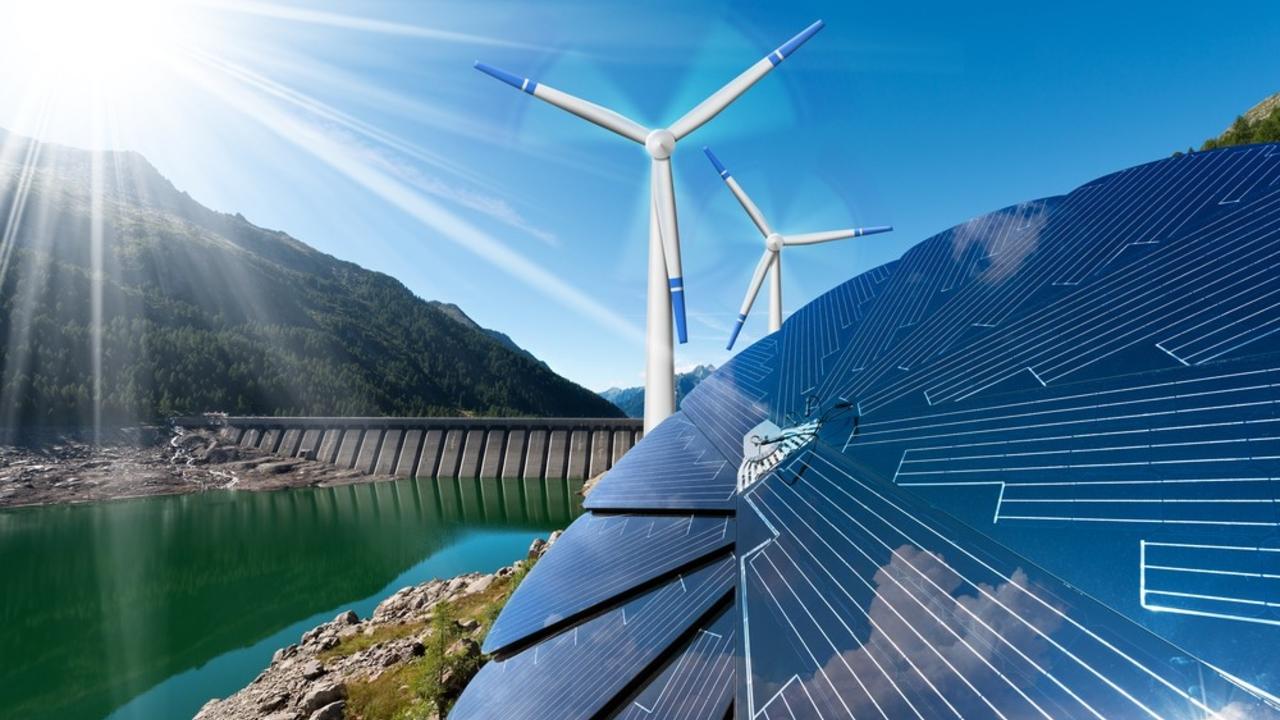
How electricity is generated
Electricity plays an important role in our everyday lives, as it has a wide variety of uses. We rely on electricity to heat, cool, and illuminate buildings such as our homes, businesses, places of work, schools, hospitals, and on and on. Electricity also powers our cellphones, washers and dryers, computers, televisions, and appliances. But do you ever spend time thinking about where your electricity comes from? Electricity is a secondary energy source, meaning that we (generally) cannot find it in nature. Instead, we get it from the conversion of other sources of energy.
Two of the most common sources of energy used in electricity generation are coal and natural gas. Electricity is generated in power stations or power plants through the use of large machines called turbines. The spinning of the turbines causes large magnets to turn within copper wire coils, resulting in the movement of electrons. This movement of electrons within the copper wire coils is...

